Building a Customer Loyalty Ecosystem through Actionable VR Comfort Frameworks for Service-Based Brands
In a fast-evolving digital landscape, leveraging virtual reality (VR) technology can be transformative for service-based brands looking to enhance customer loyalty. But the journey toward effective VR integration begins with a critical yet often overlooked element: VR comfort. This concept extends beyond mere headset ergonomics; it encompasses creating immersive experiences where customers feel safe, engaged, and understood. This article will explore how service-based brand owners can harness actionable VR comfort frameworks to build lasting customer relationships, paving the way for loyalty and advocacy. ⏱️ 7-min read
Understanding VR Comfort: A Core Concept
At its essence, VR comfort is a multifaceted notion that transcends the technical aspects of virtual reality hardware. It encapsulates the holistic feeling of ease, safety, and psychological well-being that users experience in a virtual environment. Factors influencing VR comfort include physical comfort—such as the fit of the headset—and psychological aspects like cognitive load. A complex interface can create anxiety, while even minor discomforts can lead users to disengage entirely. Therefore, service-based brands must hone in on creating experiences that minimize distractions and foster engagement.
When customers feel comfortable in a virtual environment, they are more likely to explore, interact, and forge emotional connections with the brand. This connection is crucial; according to industry research, customers who experience a high level of comfort while engaging with a brand are more likely to return, ultimately enhancing bond and boosting customer loyalty. By proactively addressing these comfort-significant components, brands can not only improve user experience but also cultivate a dedicated and loyal customer base.
Best VR Comfort Strategies for Small Businesses in 2025
As we look towards 2025, small businesses have a unique opportunity to differentiate themselves by prioritizing VR comfort. Traditional practices focused on flashy visuals need to evolve into personalized, warm experiences that resonate deeply with users. One of the most impactful strategies to achieve this involves tailoring VR experiences to individual preferences. For instance, offering adjustable settings for visual clarity and audio levels can significantly contribute to a user’s comfort.
Moreover, incorporating variable session lengths allows users to tailor their experience, preventing fatigue and enhancing satisfaction. Engaging clients through direct feedback mechanisms, such as post-experience surveys, can further help businesses understand user comfort levels and identify areas for improvement. For example, a small retail brand might benefit from gathering insights on users’ experiences in a virtual fitting room, using this feedback to iteratively refine the environment. By prioritizing user comfort, small businesses can transform novel encounters into memorable sessions, fostering trust and long-term brand loyalty.
Step-By-Step VR Comfort Playbook for Lean Startup Teams
For lean startup teams venturing into the VR space, integrating comfort into their VR strategy is not just beneficial—it’s essential. The following playbook outlines actionable steps for startups to prioritize VR comfort effectively:
- Assess Customer Needs: Begin with a comprehensive understanding of your target audience and their comfort-related anxieties. This can be achieved through surveys, user interviews, and observations during VR interactions.
- Scenario Planning: Map the user journey to identify potential pain points. Understanding where discomfort may arise enables your design team to create a welcoming and engaging VR environment.
- Prototype and Test: Develop initial VR prototypes and conduct user testing sessions. Collect qualitative and quantitative data on users' comfort levels during these tests.
- Iterate and Refine: Use the feedback gathered to make the necessary adjustments and improvements to the VR experience, ensuring ongoing enhancements.
- Launch and Monitor: Once comfortable experiences are deployed, establish robust mechanisms for ongoing monitoring, enabling continuous learning and adaptation based on user feedback.
This structured approach allows startups to embed comfort at the core of their VR initiatives, ultimately enhancing user experiences that lead to higher customer loyalty.
Scaling VR Comfort Results for Busy Marketing Crews
As busy marketing teams work to scale their VR initiatives, the focus should shift toward maximizing efficiency without sacrificing comfort. Leveraging data analytics is paramount; by analyzing user engagement metrics—such as session duration and comfort ratings—marketers can pinpoint areas requiring immediate attention. For example, tracking which elements of UI lead to discomfort can inform design changes aimed at reducing friction.
Effective scaling also requires seamless communication across teams. Utilizing project management tools that allow for real-time feedback sharing is essential. Imagine a scenario where the marketing team has instant visibility into customer feedback regarding comfort, enabling them to collaborate quickly with development and customer service departments. Such integration not only streamlines processes but also results in greater customer-centricity in VR offerings.
Creative VR Comfort Experiments to Boost Organic Reach
Innovative VR comfort experiments can not only enhance user experiences; they can also serve as powerful marketing tools that amplify organic reach. By crafting engaging, shareable experiences, brands encourage users to act as active advocates. For instance, incorporating gamification elements into the VR experience can transform passive engagement into a dynamic, interactive journey. Imagine users earning rewards for achieving optimal comfort levels or unlocking new content through participation.
To further this idea, consider implementing social features that enable one-click sharing of accomplishments on various digital platforms. A high-end travel agency, for instance, could allow users to showcase virtually curated travel itineraries, inviting their social circles to explore the possibilities. Such creative experiments provide an avenue not only for fostering loyalty but also for expanding brand reach within an enthusiastic community.
Developing a Comprehensive VR Comfort Roadmap for E-commerce Success
Launching a successful VR comfort initiative in e-commerce involves crafting a strategic roadmap that aligns with overarching business goals. Start by mapping the complete customer journey, identifying critical touchpoints where comfort enhancements can shine. Whether it’s incorporating virtual try-on features for clothing retailers or offering immersive product demonstrations, understanding customer needs and potential friction points at every stage is essential.
As you design the VR initiatives, make sure they address comfort issues and elevate the user experience. For example, an online furniture retailer might use VR to let customers visualize products in their own homes, reducing uncertainty about size and fit while offering an intuitive way to engage with items. The success of such integrations should be monitored through key performance indicators (KPIs) like increased conversion rates and reduced return rates, ensuring your approach aligns with e-commerce objectives.
Proven VR Comfort Tactics to Grow Recurring Revenue
Creating an environment where users consistently experience high levels of comfort can directly correlate with sustainable revenue growth. Implementing subscription models that provide exclusive comfort-enhanced features can act as a compelling incentive. By offering tiered memberships that include benefits such as advanced haptic technology or personalized content based on individual preferences, brands can draw users into a cycle of continued engagement.
Additionally, developing loyalty programs centered around VR comfort encourages users to return. For example, rewarding customers for repeat engagement or for providing actionable feedback reinforces the importance of user input while fostering a sense of community. As users accumulate points for engagement, they may be tempted to redeem them for discounts on new VR content or experiences that prioritize their comfort, thereby establishing a predictable revenue stream.
Data-Driven Approaches to Advance Customer Loyalty through VR Comfort
Data analytics play a central role in optimizing VR strategies to cultivate customer loyalty. By harnessing existing customer data—including CRM details, past interactions, and demographic information—service brands can proactively address individual preferences and comfort challenges. For instance, observing user behavior during VR interactions can unveil insights into discomfort triggers, allowing brands to tailor experiences effectively.
Moreover, implementing in-VR prompts can facilitate real-time feedback from users. These touchpoints can pinpoint discomfort or dissatisfaction as it arises, enabling brands to make immediate adjustments, fostering customer confidence and loyalty. Feedback mechanisms offer crucial opportunities to learn and adapt, improving the overall experience before a user might choose to disengage.
Creating a VR Comfort Content Calendar for In-House Teams
Establishing a robust content calendar centered around VR comfort initiatives is essential for keeping in-house teams organized and engaged. The calendar should outline regular updates and engagement tactics aimed at sustaining user interest over time. Consider including schedules for launching new VR features, feedback collection phases, and content refreshes that align with user comfort enhancements.
In addition, this calendar can incorporate milestones for assessing the outcomes of newly implemented strategies, ensuring that teams remain on track with the overarching goal of improving customer experience through VR comfort. By clearly outlining responsibilities and timelines, teams can coordinate efforts toward creating a seamless customer experience, driving loyalty and retention.
Ultimately, the integration of actionable VR comfort frameworks into service-based brands holds immense potential for cultivating enduring customer loyalty. By prioritizing user comfort, adopting data-driven insights, and fostering creativity within experiences, businesses can successfully navigate the evolving landscape of customer engagement, ensuring lasting relationships that thrive amidst rapid technological advancements.



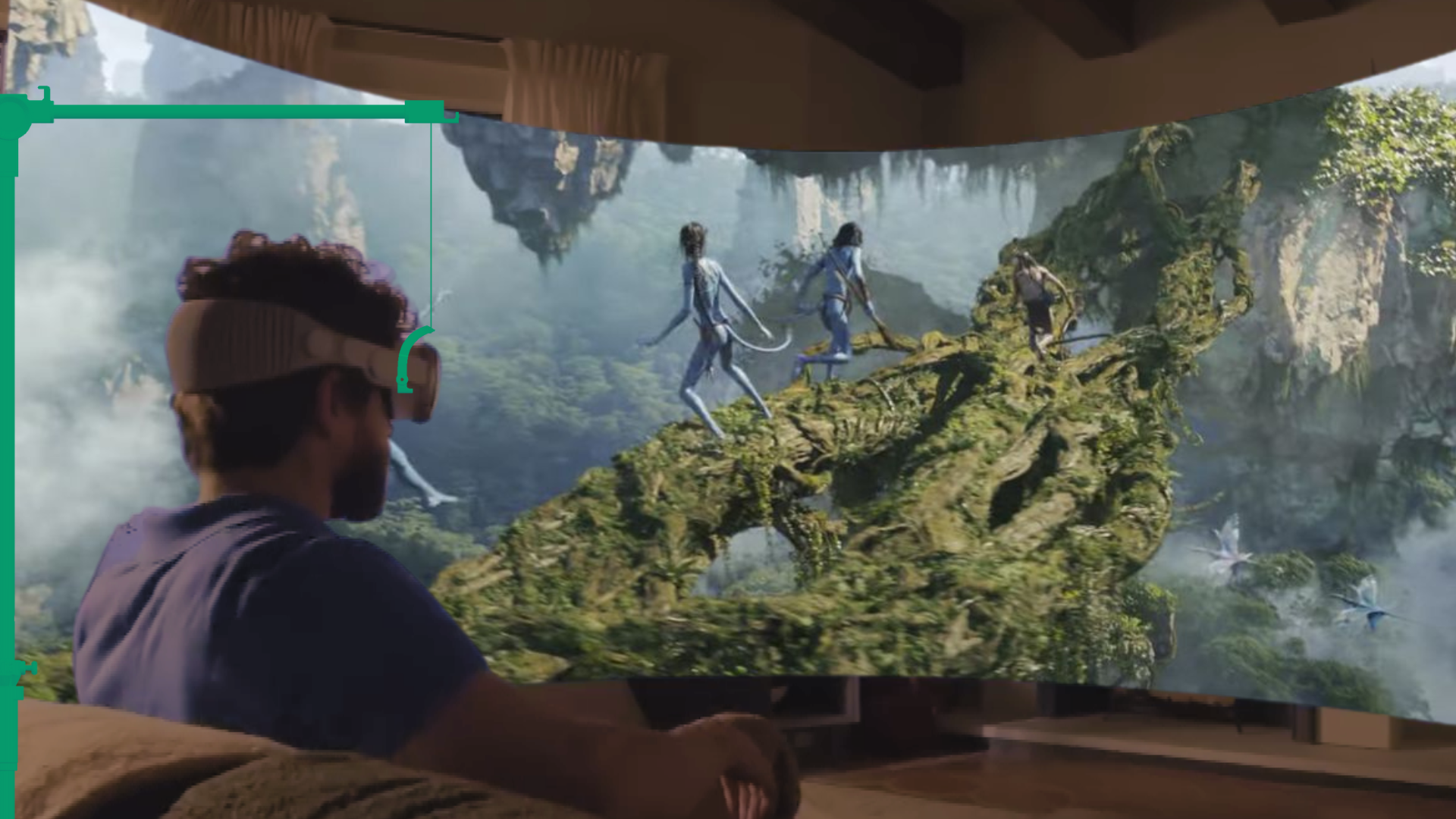
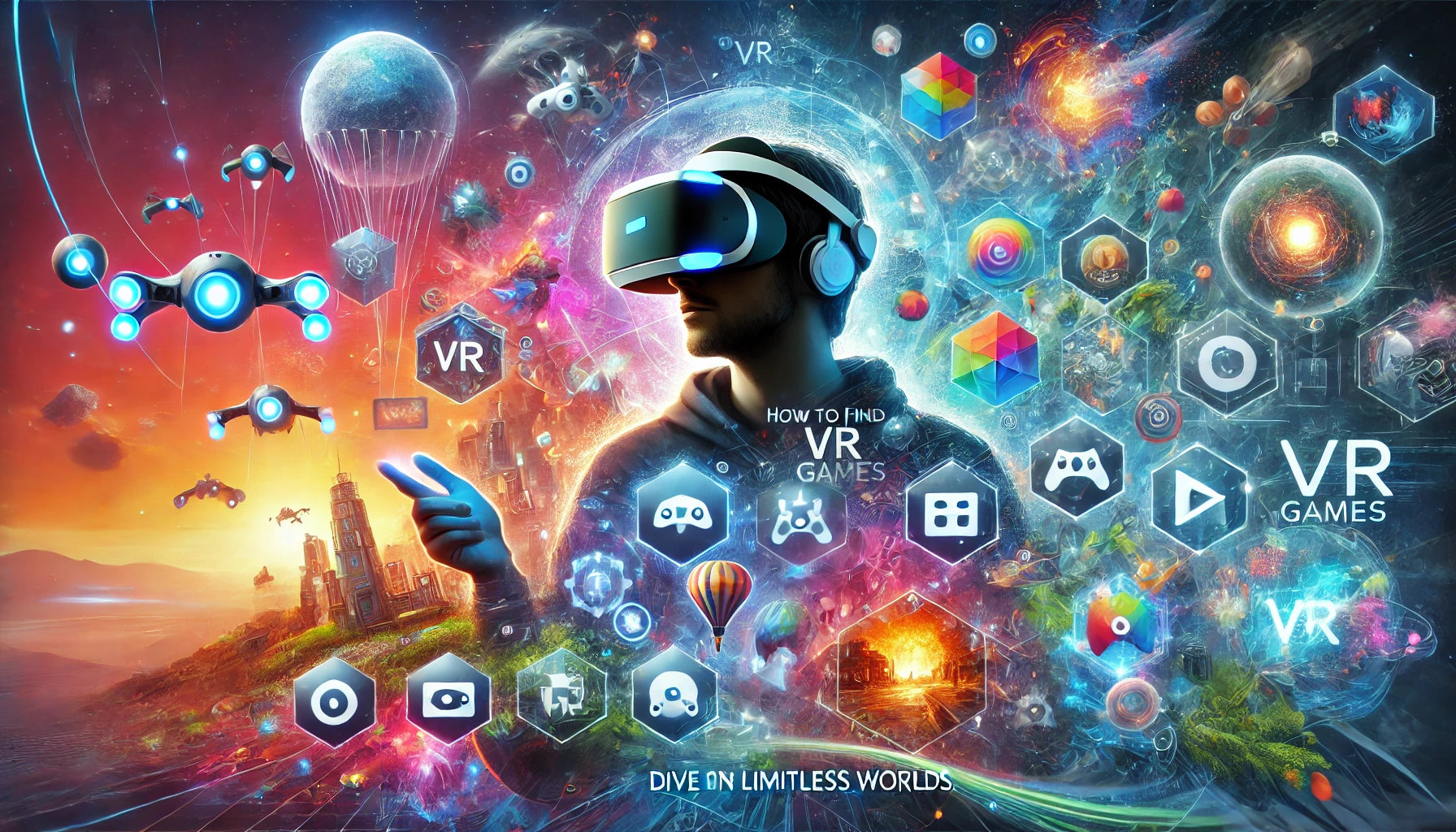
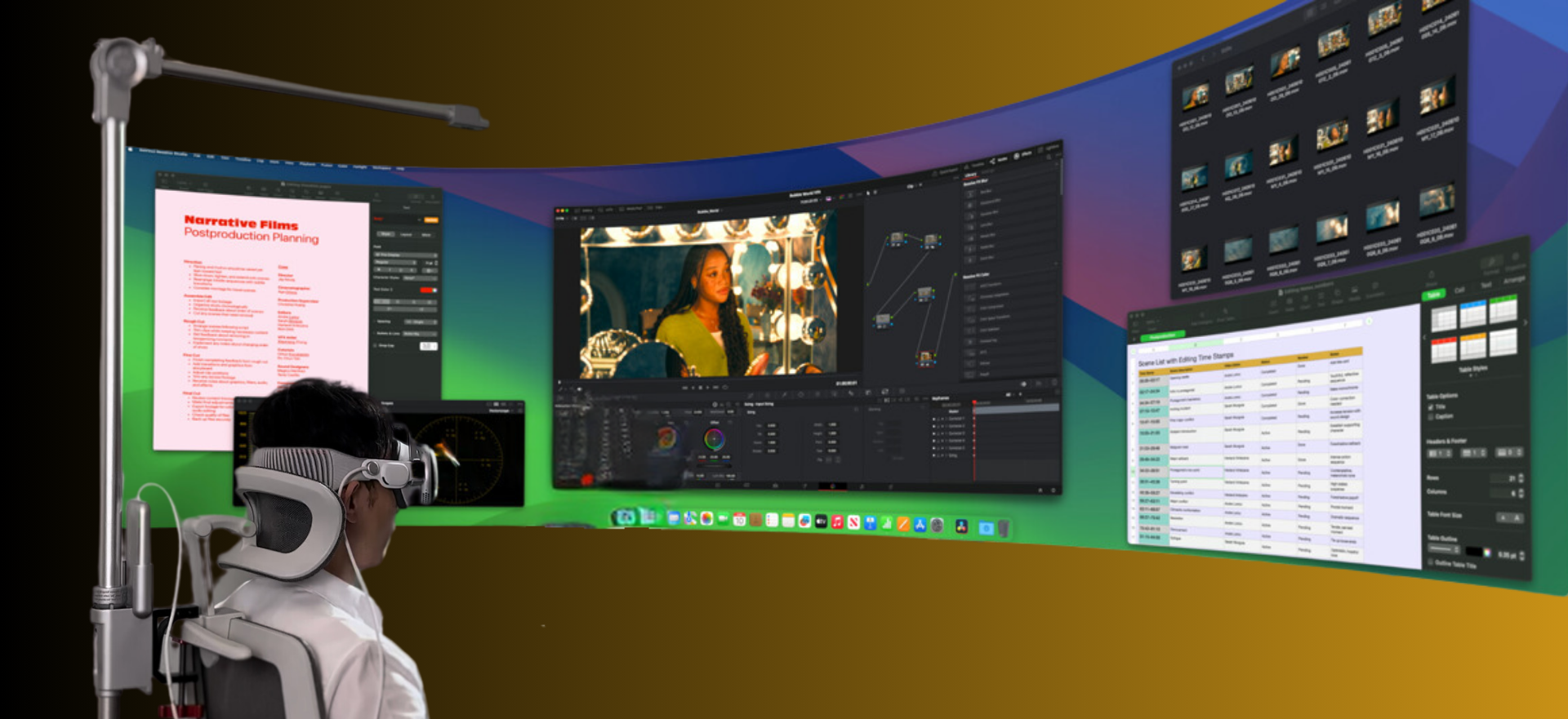
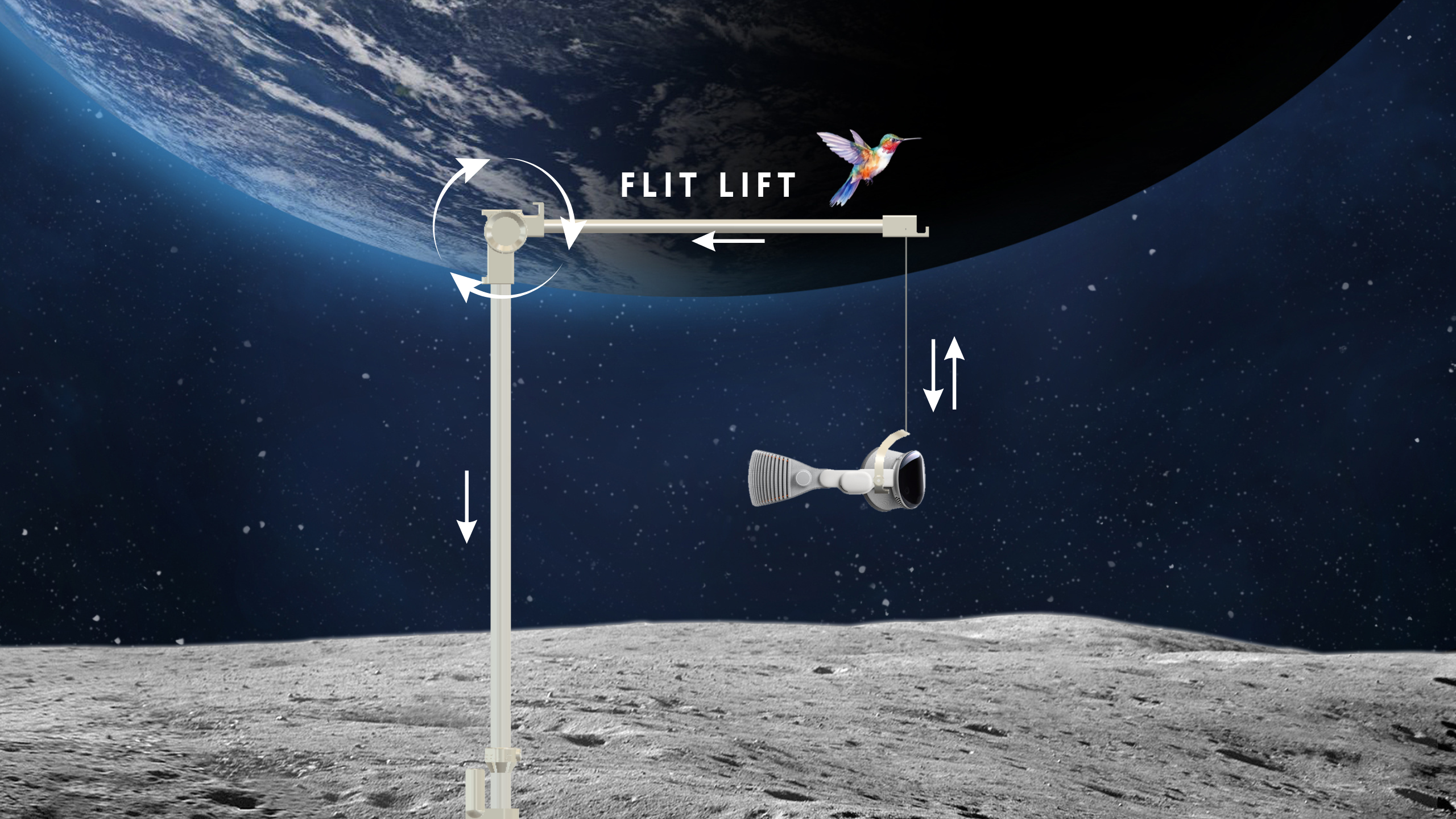

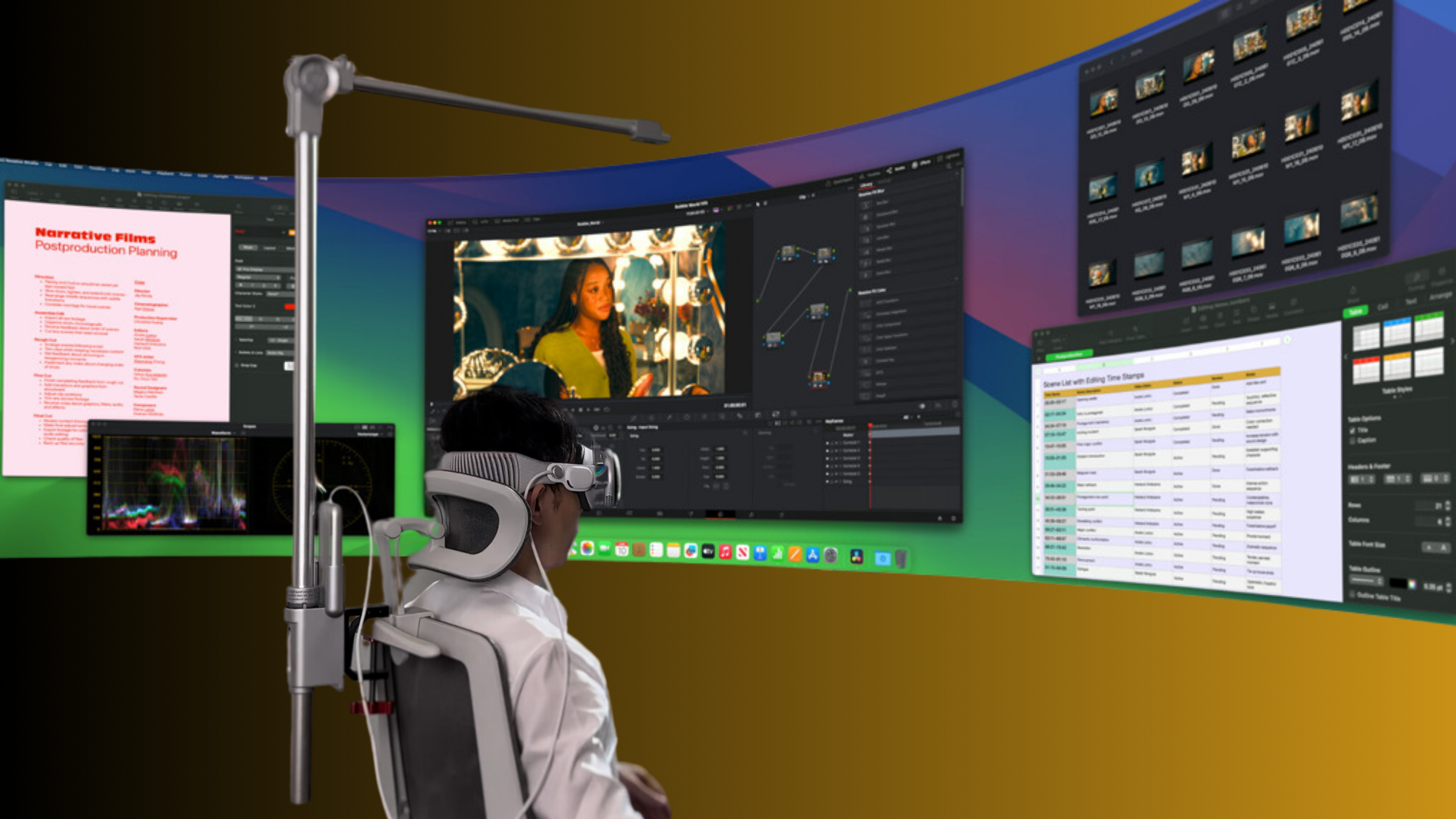

Share:
Smart VR Comfort Workflows for Local Community Groups to Drive Engagement in 2025
The Future of Comfort Tech: Innovations in Apple Vision Pro Accessories